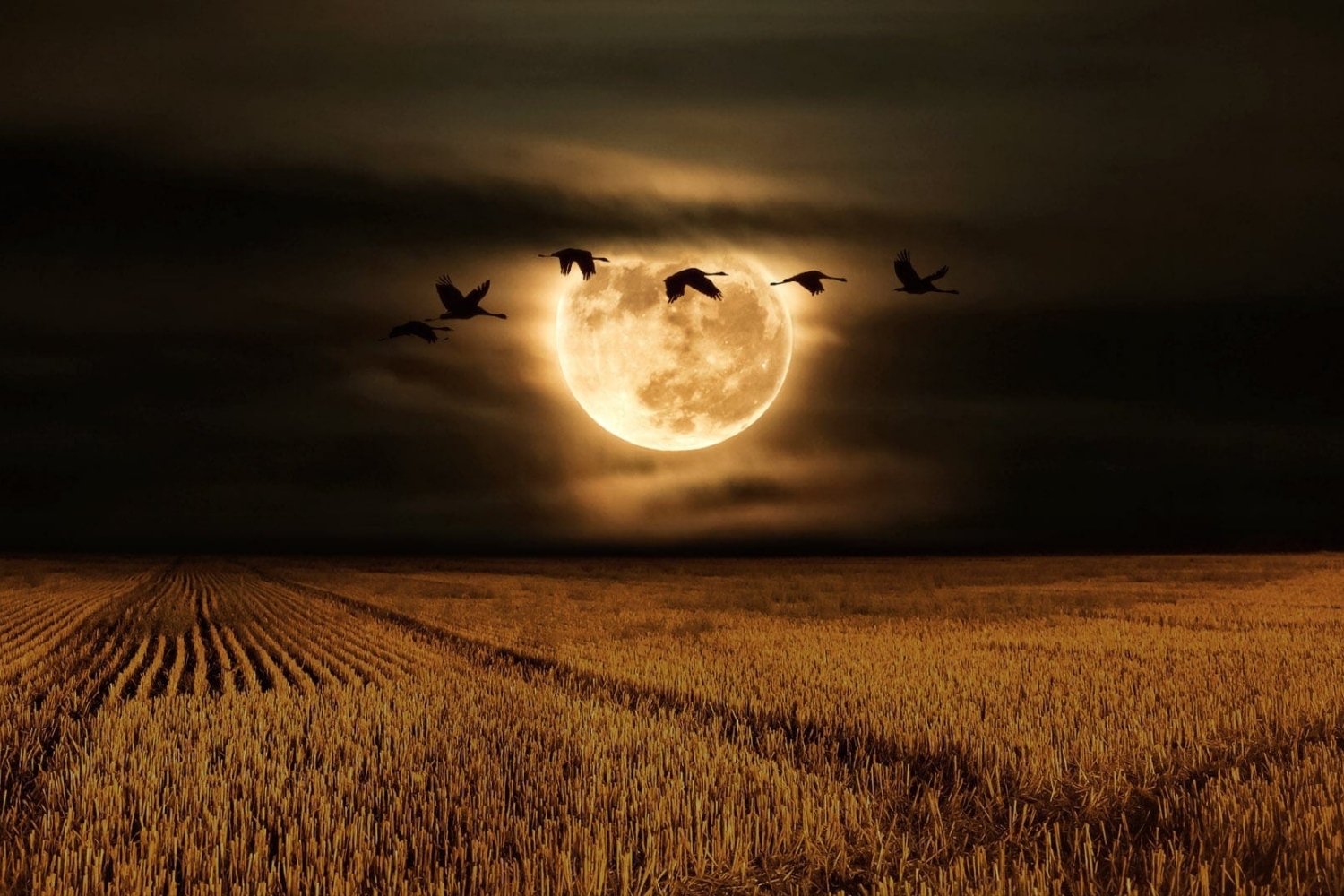
Ever wondered what makes the Pleine Lune Novembre 2025 so special? This full moon, also known as the Beaver Moon, will light up the night sky with its stunning brilliance. But why is it called the Beaver Moon? Native American tribes named it after beavers who become active in preparation for winter. Did you know this full moon will also be a supermoon? That means it will appear larger and brighter than usual. Want to know more? From its cultural significance to scientific facts, this post will cover 25 fascinating details about the Pleine Lune Novembre 2025. Buckle up for a lunar adventure!
What is Pleine Lune?
The term "Pleine Lune" translates to "Full Moon" in French. This celestial event occurs when the moon is fully illuminated by the sun's light, making it appear as a complete circle in the night sky. The full moon has fascinated humans for centuries, inspiring myths, legends, and scientific curiosity.
- The full moon in November 2025 will occur on the 5th of the month.
- This full moon is known as the "Beaver Moon" in North America.
- The name "Beaver Moon" comes from Native American tribes who set beaver traps during this time to ensure a supply of warm furs for winter.
- In Europe, the November full moon is sometimes called the "Frost Moon" due to the onset of colder weather.
Astronomical Significance
Full moons are not just beautiful; they hold significant astronomical importance. They help scientists study the moon's surface and its relationship with Earth.
- The full moon will reach its peak illumination at 12:27 PM UTC.
- During this time, the moon will be in the constellation Taurus.
- The distance between the Earth and the moon will be approximately 384,400 kilometers.
- The moon's surface will be fully visible, allowing for detailed observation through telescopes.
Cultural and Historical Impact
Full moons have always played a role in human culture, influencing everything from calendars to folklore.
- Many cultures celebrate the full moon with festivals and rituals.
- In Hindu culture, the full moon in November is known as "Kartik Purnima" and is considered highly auspicious.
- Ancient Egyptians aligned their pyramids with the full moon to mark significant events.
- The full moon has been used to determine the dates of various religious holidays, including Easter and Passover.
Scientific Studies
Scientists use full moons to conduct various studies, from lunar geology to the effects of moonlight on Earth.
- Full moons can affect tidal patterns due to the gravitational pull between the Earth and the moon.
- Studies have shown that animal behavior can change during a full moon, with some species becoming more active.
- The full moon provides an excellent opportunity for lunar photography and amateur astronomy.
- Researchers have used full moons to study the moon's surface composition through reflected sunlight.
Myths and Legends
The full moon has inspired countless myths and legends across different cultures and time periods.
- In ancient Rome, the full moon was associated with the goddess Luna.
- Many cultures believed that the full moon could cause madness, coining the term "lunacy."
- Werewolf legends often involve transformations triggered by the full moon.
- Some Native American tribes believed that the full moon was a time for spiritual renewal and reflection.
Modern-Day Observations
Today, people continue to observe and celebrate the full moon in various ways, from scientific study to personal reflection.
- Full moon parties are popular in places like Thailand, where people gather to celebrate under the moonlight.
- Many people practice "moon bathing," where they sit or lie under the full moon to absorb its energy.
- Full moons are a popular time for meditation and setting intentions for the coming month.
- Astrologers believe that the full moon can influence emotions and behaviors, making it a time for heightened sensitivity.
Fun Facts
Let's wrap up with some fun and lesser-known facts about the full moon.
- The term "honeymoon" originates from the tradition of marrying under a full moon, believed to bring good luck.
The Magic of November's Full Moon
November's full moon, known as the Pleine Lune, offers a unique celestial experience. This moon, often called the Beaver Moon, marks a time when beavers prepare for winter. It's also a period rich in cultural significance, with various traditions and folklore surrounding it.
Astronomically, the Pleine Lune in November 2025 will be a sight to behold. Its bright light will illuminate the night sky, providing a perfect opportunity for stargazing. Whether you're an astronomy enthusiast or just someone who enjoys the beauty of the night sky, this full moon is sure to captivate.
Remember, the Pleine Lune isn't just a visual treat; it's a reminder of the natural cycles that govern our world. So, mark your calendars and take a moment to appreciate this beautiful lunar event.
Was this page helpful?
Our commitment to delivering trustworthy and engaging content is at the heart of what we do. Each fact on our site is contributed by real users like you, bringing a wealth of diverse insights and information. To ensure the highest standards of accuracy and reliability, our dedicated editors meticulously review each submission. This process guarantees that the facts we share are not only fascinating but also credible. Trust in our commitment to quality and authenticity as you explore and learn with us.
